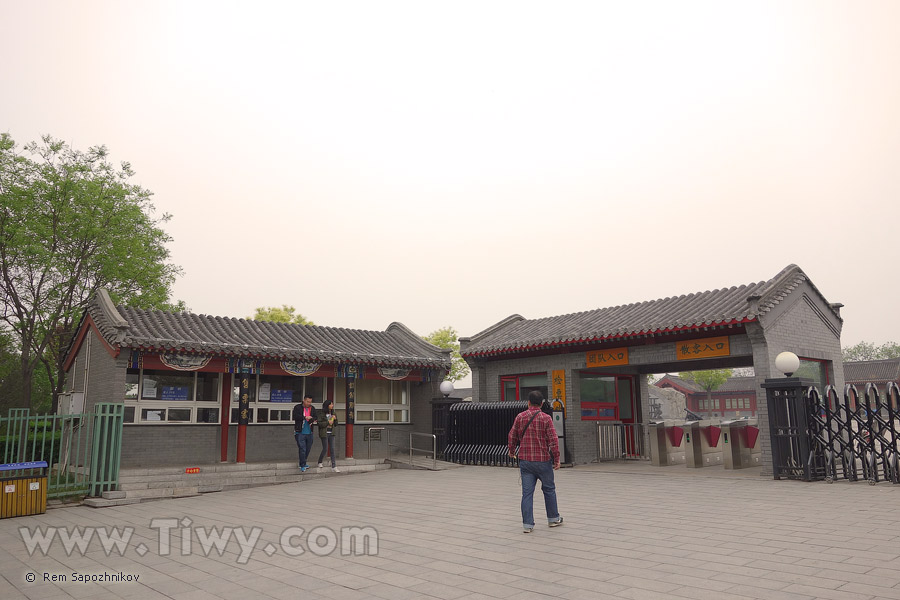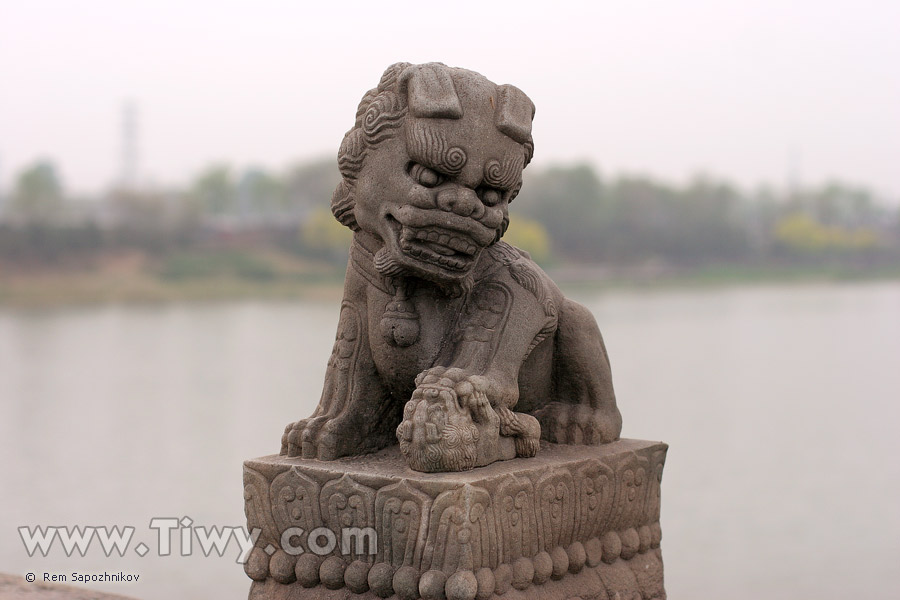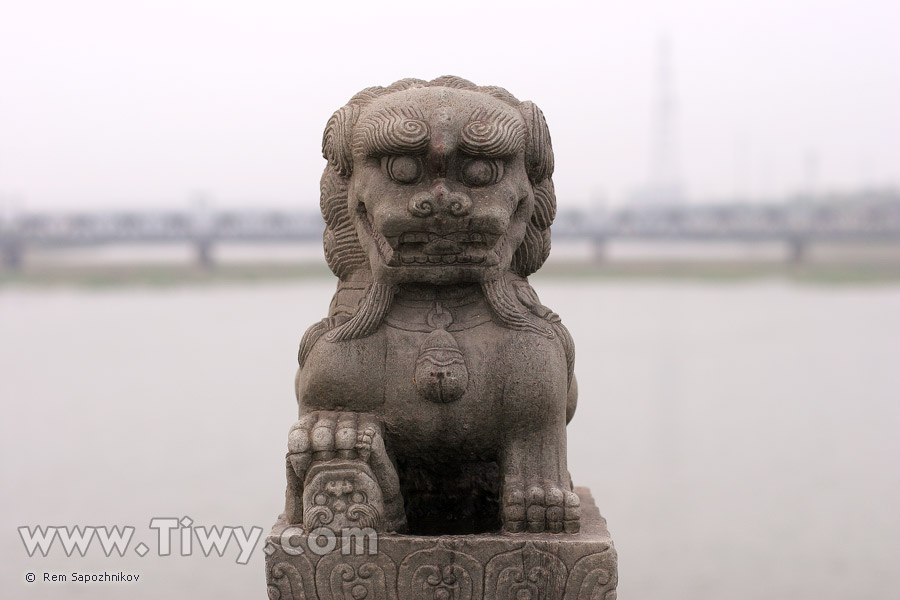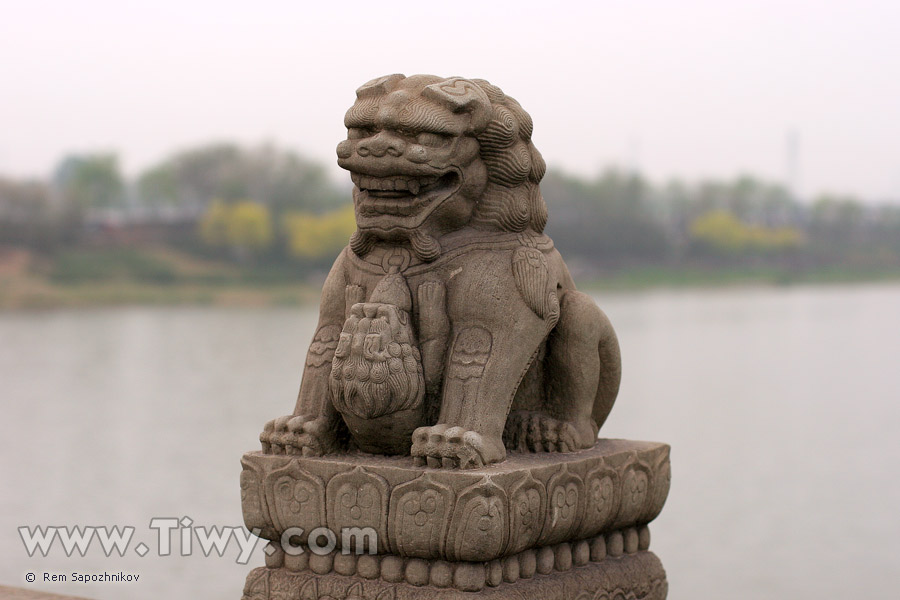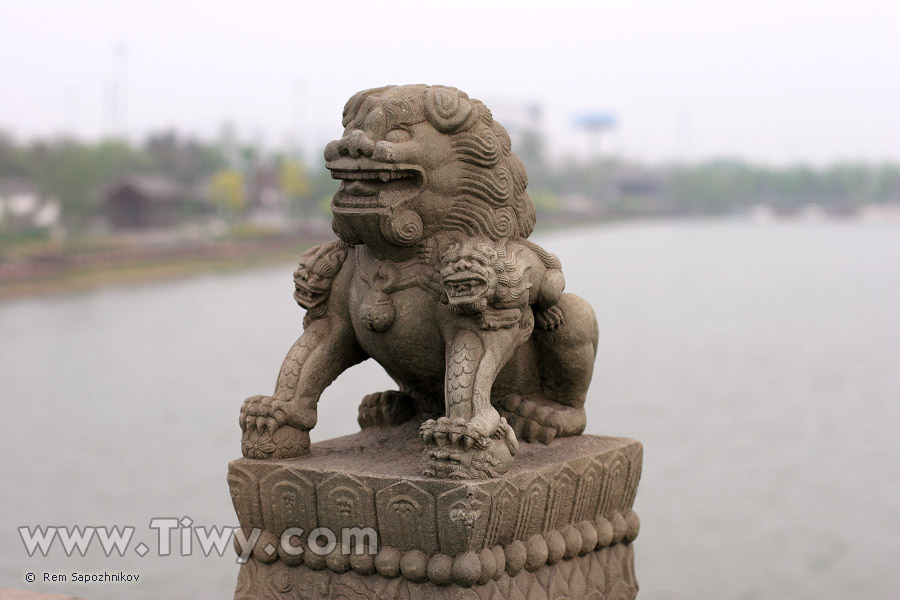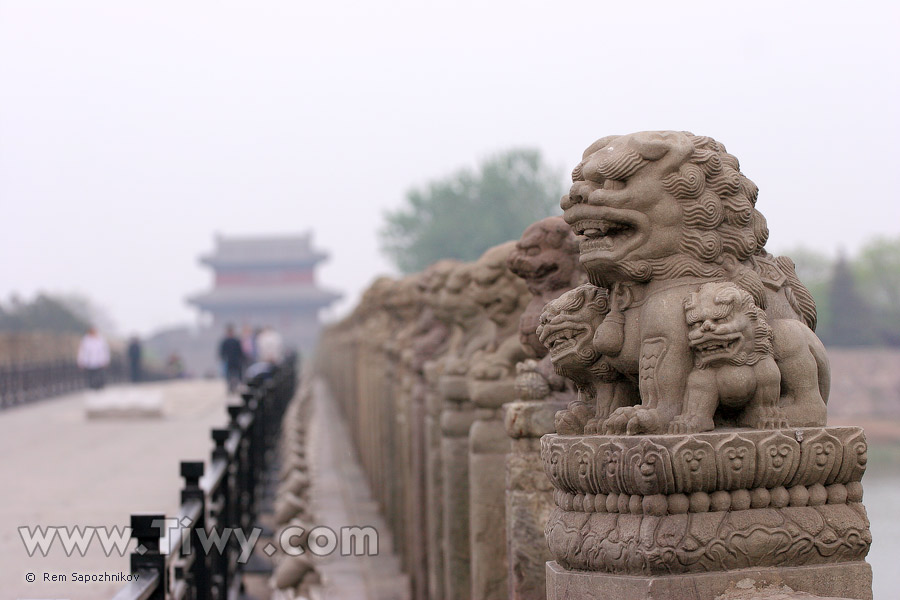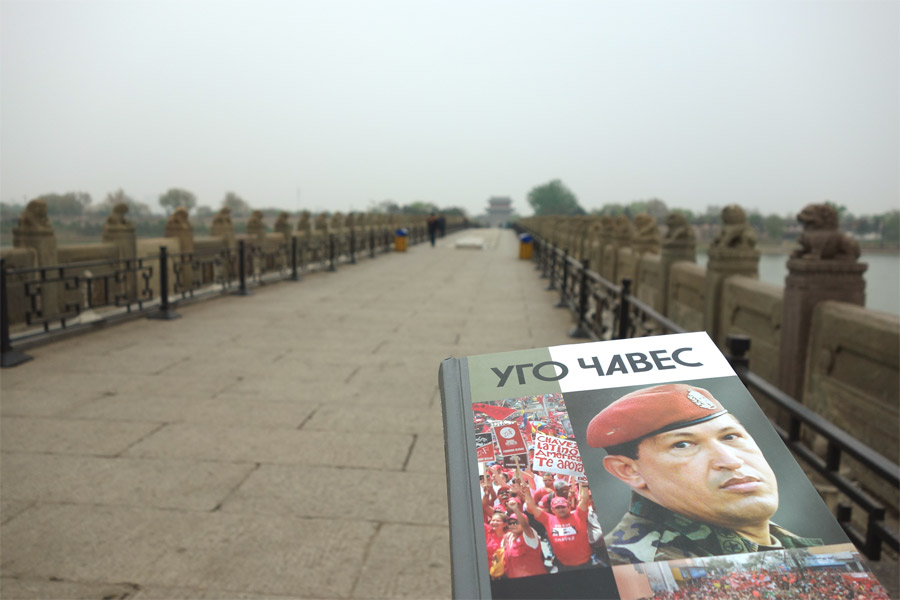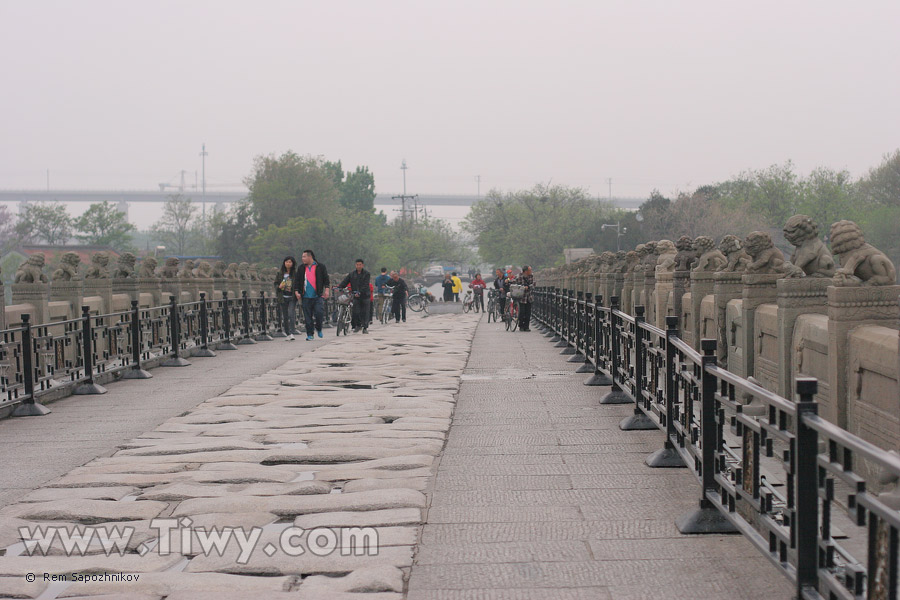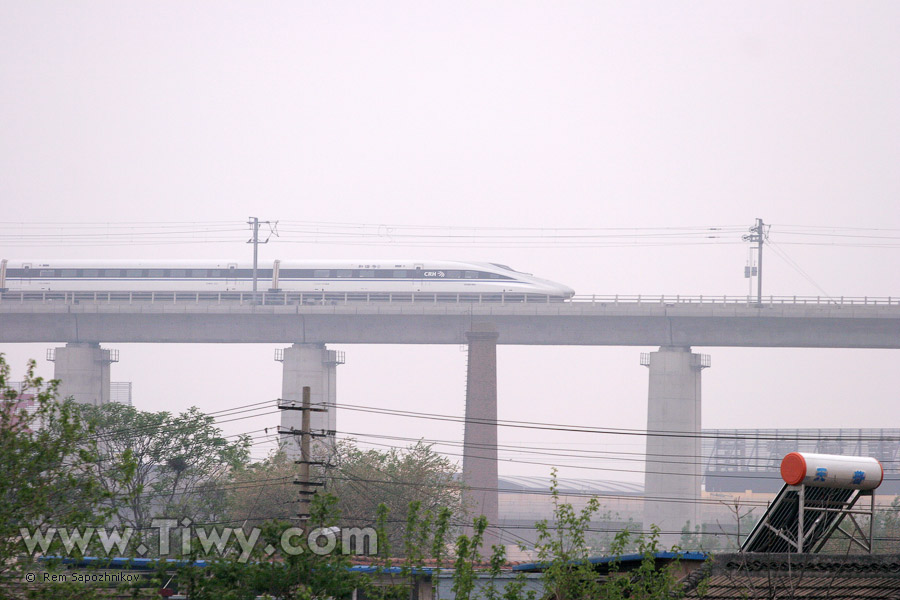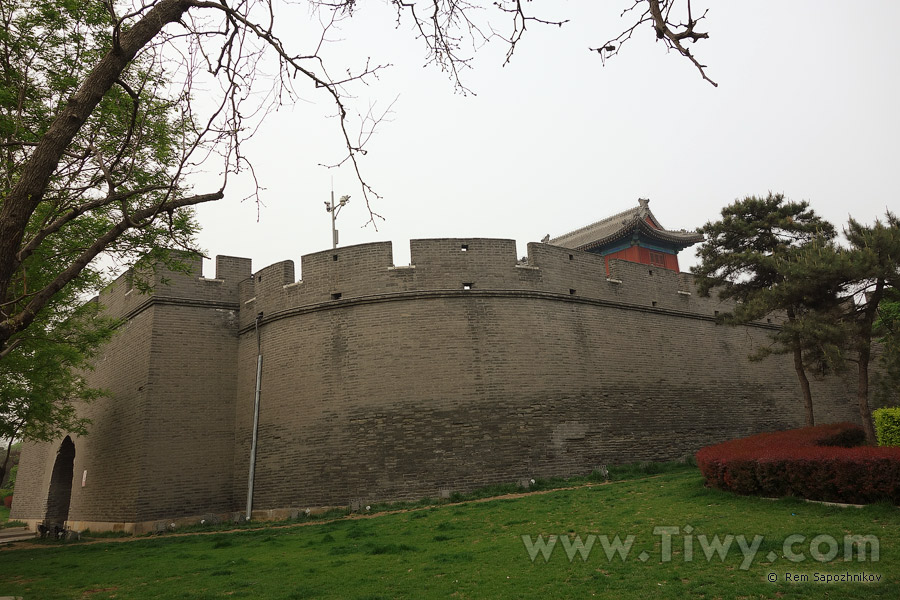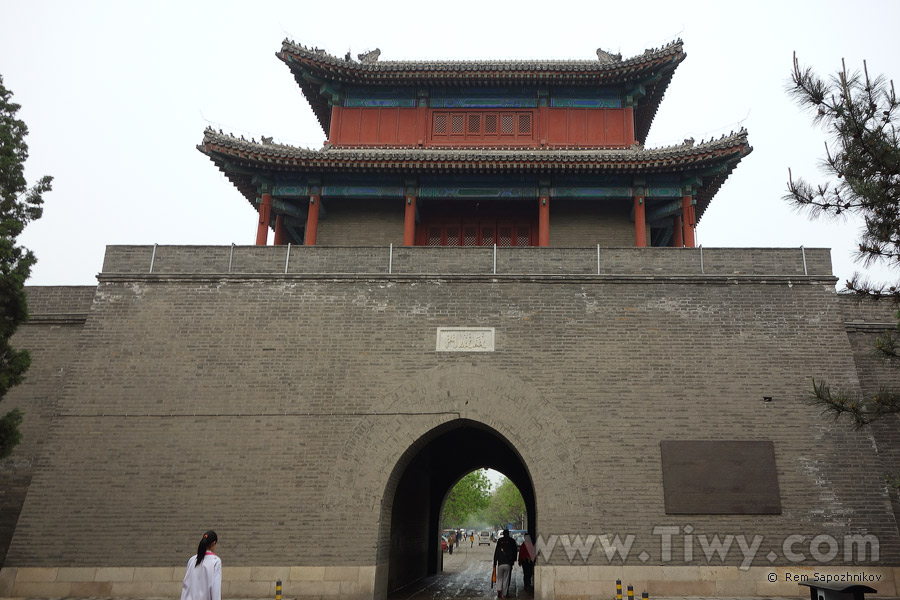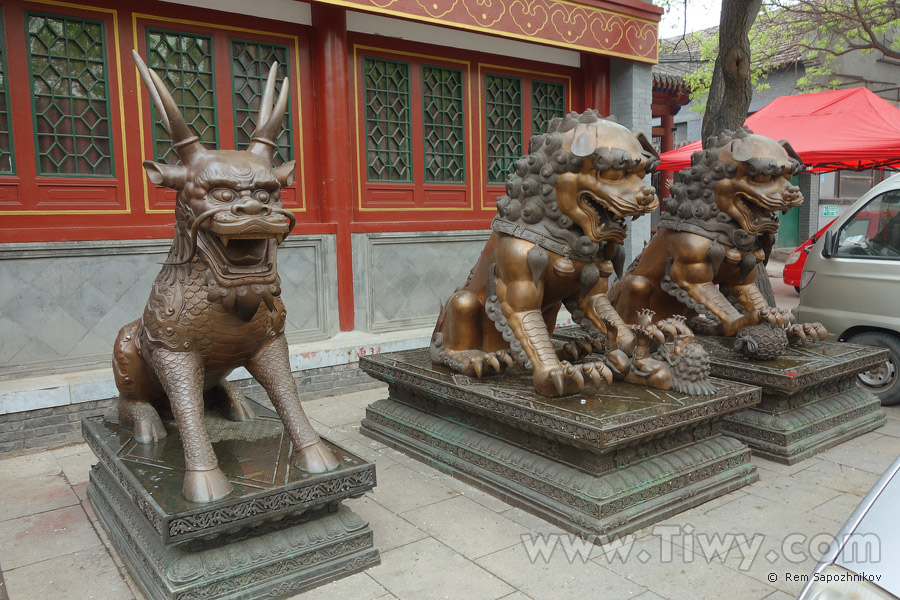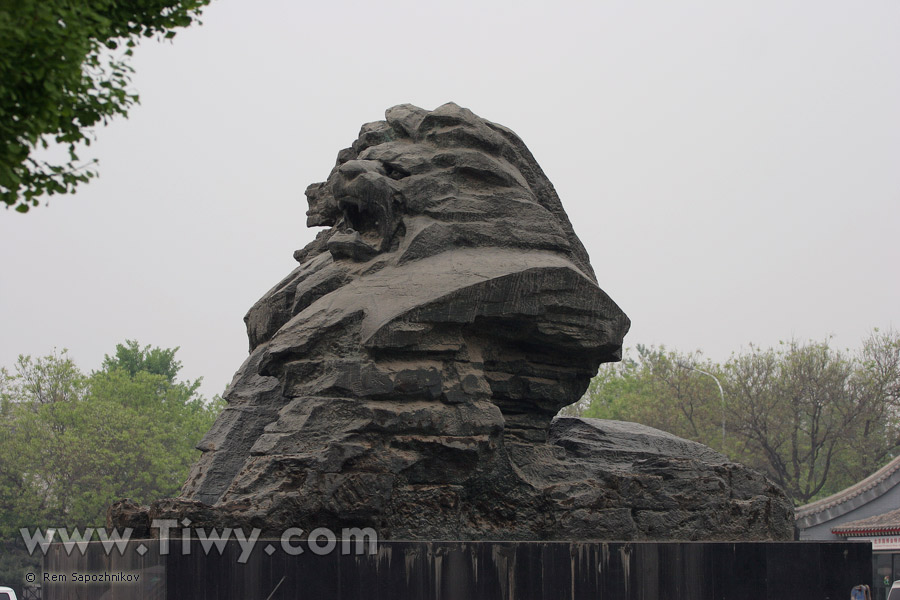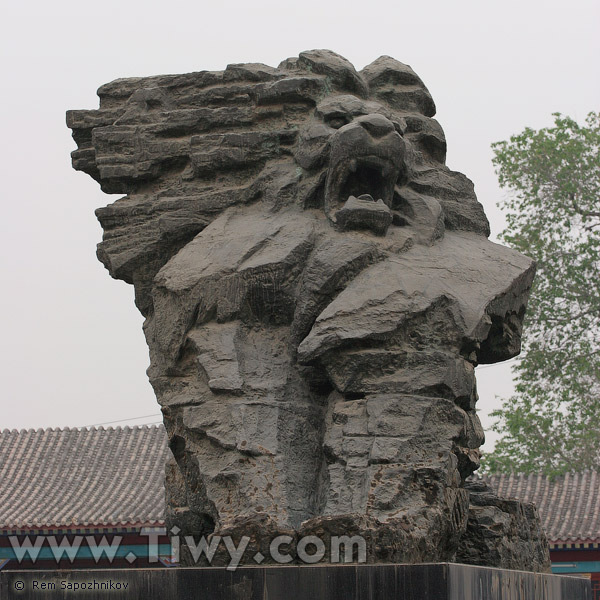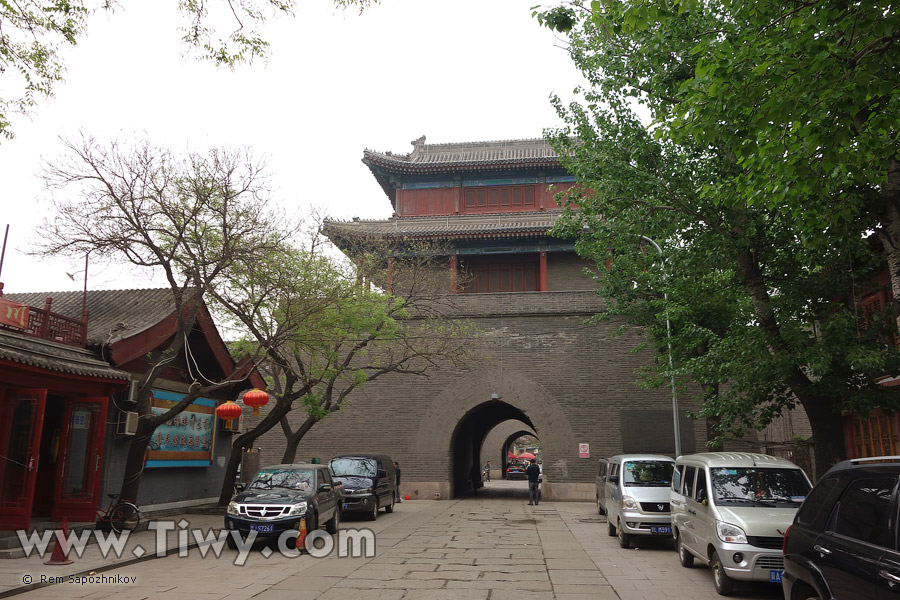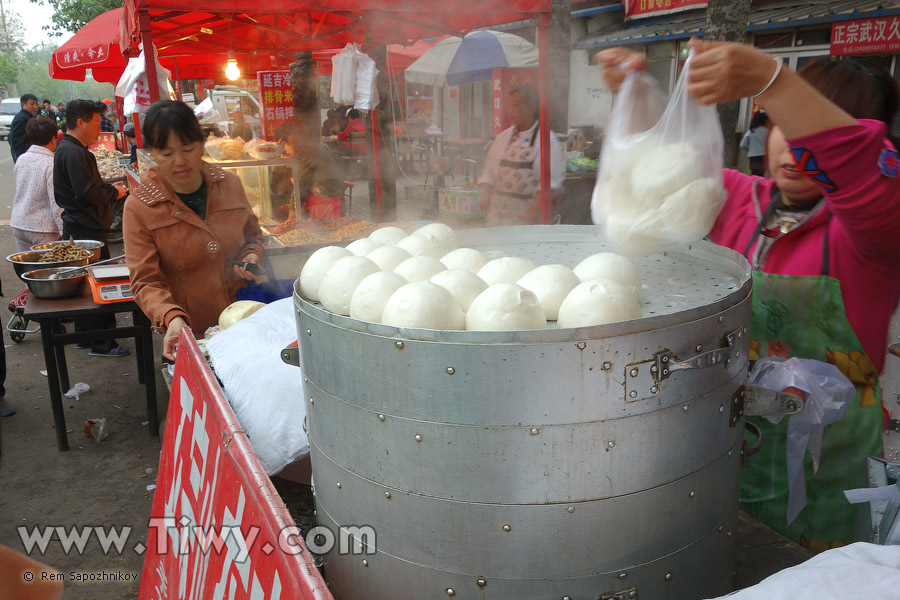Lugou Bridge (卢沟桥 - Lúgoūqiáo)
Lugouqiao Bridge is the oldest bridge surviving from Beijing past. It was built within the period from 1189 to 1192. Its name comes from the Lugou river, over the banks of which it was spanned (“qiao” hieroglyph (桥) means “a bridge”). The river was later renamed and now it is called Yongding (永定河 - Yǒngdìnghé).
↑ Click for detailed view ↑
It is believed that in the XIII century a Venetian traveler Marco Polo admired this bridge and wrote: "Excellent bridge, so beautiful that it is not likely to have an equivalent in the whole world".
This bridge is connected with the tragic page in the history of China. In 1937 the Japanese aggressors organized the provocation which was the reason for the outbreak of the Second Sino-Japanese War.
